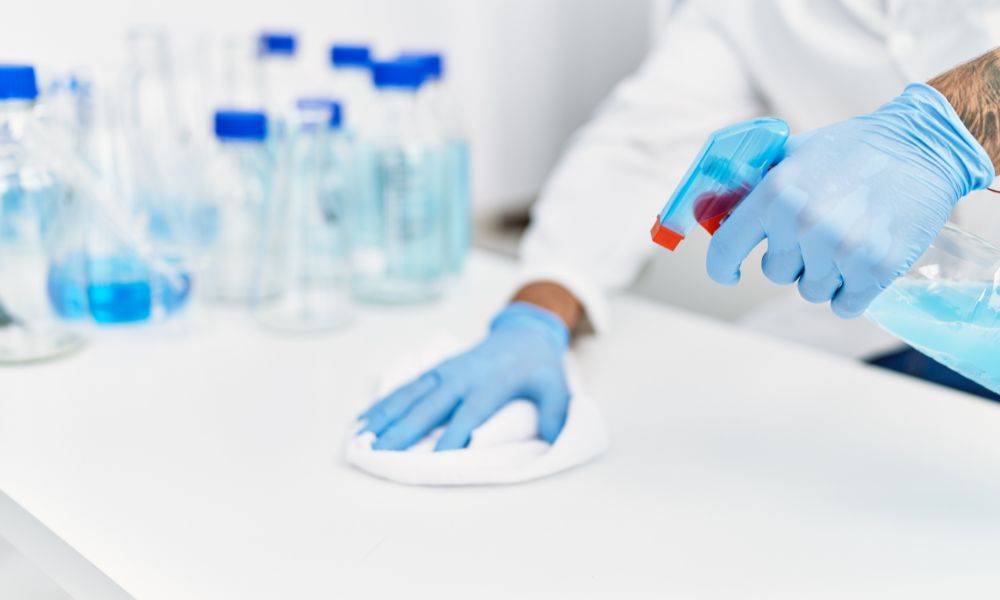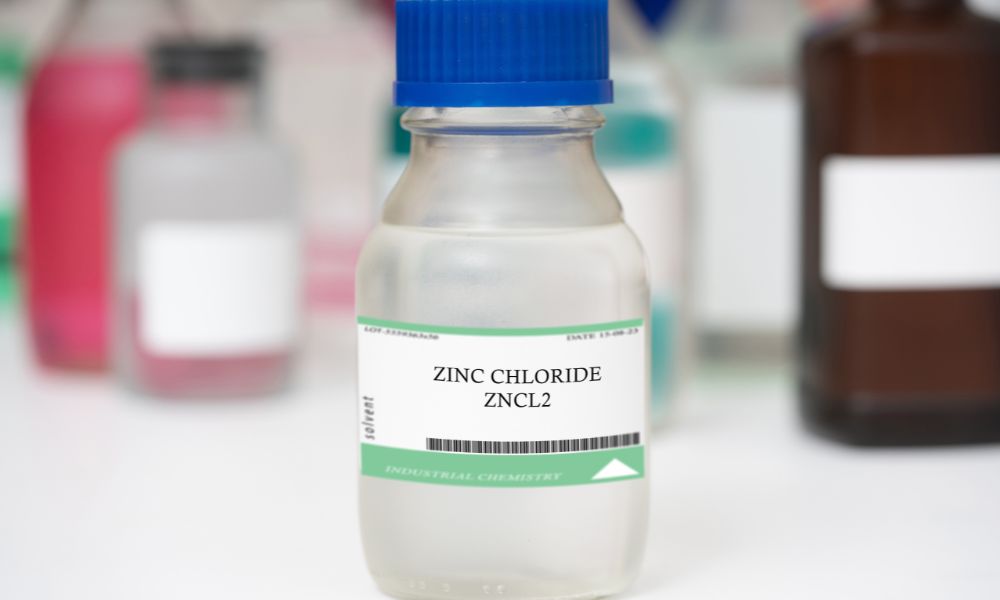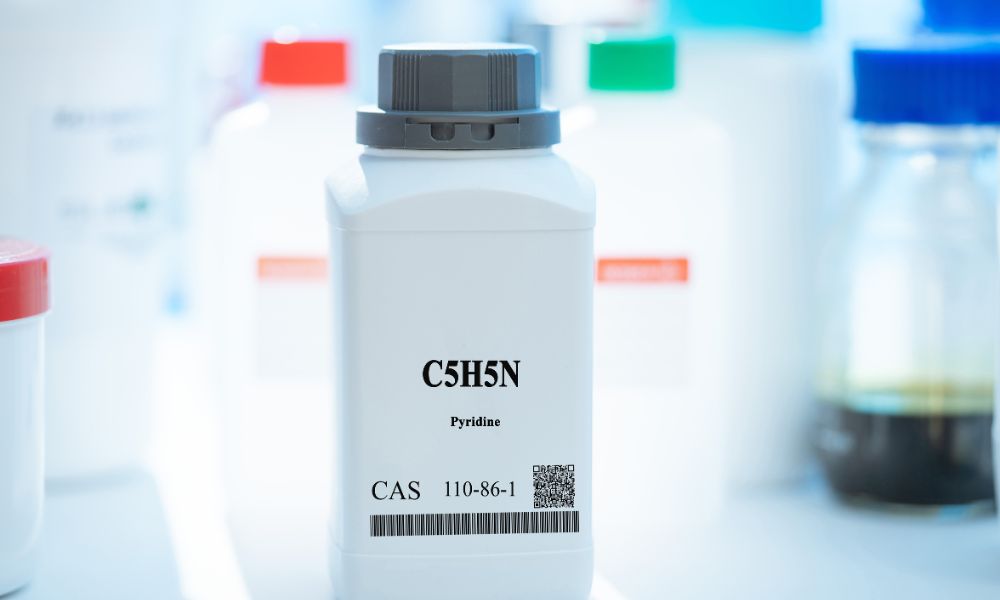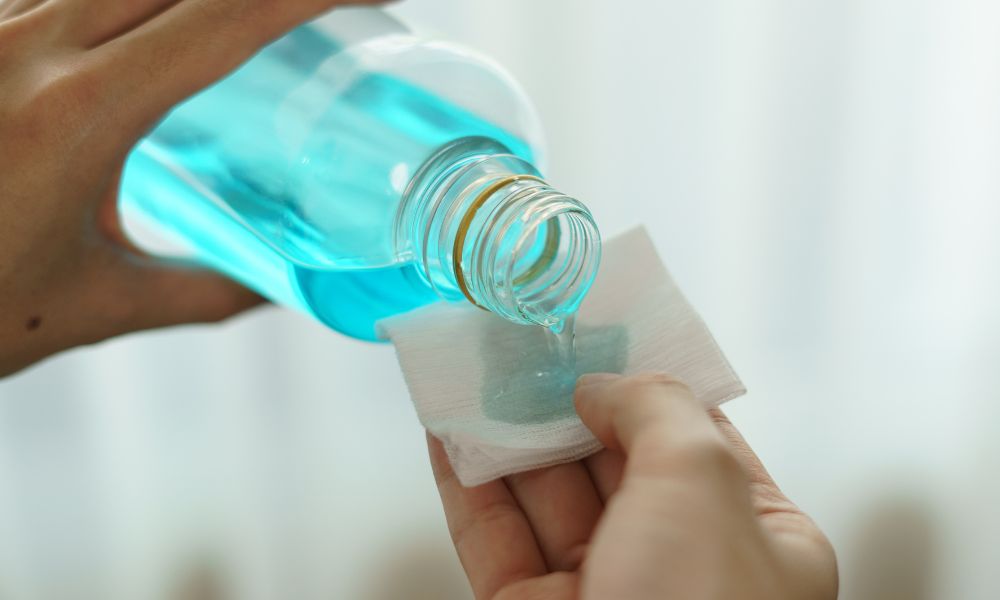
by Gordon Post | Apr 4, 2024 | Uncategorized
Cleanrooms in aerospace labs are built around precision and control, and they are vital for completing delicate operations and research. Within these delicate environments, a lapse in sanitation can threaten personnel and test subjects. Making cleanroom mistakes also...

by Gordon Post | Mar 26, 2024 | Uncategorized
While consumers might not be familiar with the oxalic acid compound, those in the manufacturing and food processing fields should know the product well. This chemical compound is both an ally and a subject of debate within the industry, lending its unique properties...

by admin | Mar 22, 2024 | Uncategorized
Cleanliness is a critical component of safety and accuracy in laboratory management. A clean lab impacts every application you conduct, from ensuring a sterile environment for medical research to maintaining the purity of chemical testing. Here are some expert tips...

by Andrew Post | Mar 18, 2024 | Uncategorized
Laboratories are home to many chemicals that power reactions and analyses. One such essential chemical is zinc chloride (ZnCl2). This compound plays a pivotal role in a myriad of laboratory tests, anchoring the reliability and accuracy of findings. Explore the...

by Andrew Post | Mar 12, 2024 | Uncategorized
Laboratory personnel often work with highly reactive substances and noxious fumes. Pyridine is an example of a reactive chemical that scientists and laboratory professionals use for many applications. Explore the best practices and precautions for working with...

by Gordon Post | Feb 26, 2024 | Uncategorized
The disinfection process is crucial when working in professional and educational laboratories. With the increased demand for stringent hygiene protocols, using ethyl alcohol as a disinfectant is a common practice. However, utilizing this chemical requires lab...







